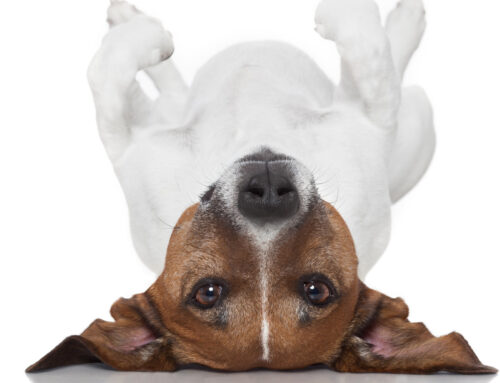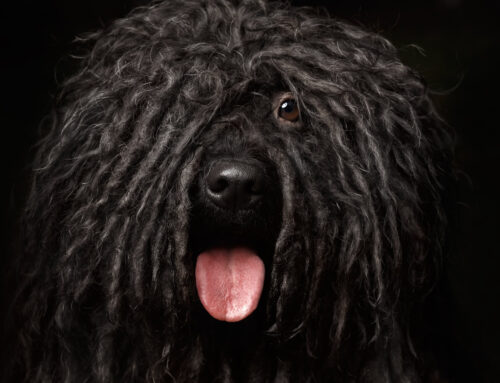Kennel Club Definition
A kennel club (known as a kennel council or canine council in some countries) is an organisation for canine affairs that concerns itself with the breeding, showing and promotion of multiple breeds of dog. All-encompassing kennel clubs are also known as all-breed clubs, although “all” means only those breeds that they have decided to recognize, and “breed” means purebred dogs:- they do not including dog hybrids, crossbreeds, mixed-breed or yet to be recognised breeds of dog. A club that handles only one breed is known as a breed club.
Role of the Kennel Club
Kennel Clubs maintain breed standards, record pedigrees, and issue the rules for conformation dog shows and trials and accreditation of judges. They often serve as registries, which are lists of adult purebred dogs and lists of litters of puppies born to purebred parents. A kennel club manages all these aspects of the dog breeds it claims to represent, either directly or through its member bodies.
Todays kennel clubs can specialize in working dogs or show dogs. In todays parlance, dog clubs for mixed-breed dogs are gaining ground and are now sometimes categorized as kennel clubs. The original purpose of a kennel club, however, was the breeding and showing of conformation bench purebreds, and this remains the most widely-accepted definition.
Why Breeder Kennel Club Membership is Important
When you buy a dog form a breeder who is registered with a Kennel Club, you can be sure you are in fact buying a pure bred dog, and you can be sure of the lineage of the dog. Breeders are required to keep documentation of the history of their breeding animals to ensure pedigrees are accurate.
What Member ship of a Kennel Club does not Provide
To gain and maintain registration with a Kennel Club, a breeder need only show their puppies are pure bred. They do not need to show they favour breed stock with the best ehalth records, and temperaments. Some will ignore these, in favour of choosing to breed puppies that best meet the breed standard, so their dogs have a greater chance of winning shows. The result may be a great looking dog, whose lineage has a tenancy to develop cancer, or be overly aggressive or timid.
Regardless of Kennel Club Membership
An honourable breeder, would rather miss out on a sale, than sell one of their dogs to an owner who they dont believe is up to the task of looking after it. Many breeds require lots of care, or a specific environment to be happy. Without this being provided, many dogs end up abandoned and left the care of dog rescues, or are put down.
If a breeder asks you few or no personal questions, beware!
History
By the mid-1800s, ownership of selectively bred dogs was common among the affluent throughout Europe.
Kennel Clubs were founded from the necessity to bring order out of chaos to the sport of public competitive dog exhibitions. The first dog show in England was held in 1859, which was a social affair held by English aristocrats to raise funds for charity. They grew in popularity over fourteen years and were held in a rather ad hoc manner.
In 1860, the first dog show society came into existence in Birmingham, England. Within three years, the Acclimitation Société held the first dog show on the European continent in Paris, exhibiting a range of breeds, although the definition of guarding a breed remained open to interpretation.
Recognizing the necessity for the establishment of a governing body with punitive powers, MP S. E. Shirley, called a group of well-known fanciers together and the The Kennel Club was formed. In April 1873 a small group of people had a meeting in a three roomed flat, which led later that year to the Kennel Clubs first show at Crystal Palace with 975 entrants.
The first general meeting of the Kennel Club took place in Birminghams Great Western Hotel in December 1874. During the same year, one of the first important actions of the club was to publish a stud book, which contained the pedigrees of 4,027 dogs that had won prizes at shows in the previous fourteen years. Rules were formed and classifications established.
In 1882, the French Société Centrale Canine was founded, followed a year later by the American Kennel Club. The International Cynological Federation was formed in 1911, under the auspices of the Austrian, Belgian, Dutch, French and German canine societies. The new kennel club rules reflected that pedigrees must be registered with their respective club.
Clubs acted as a court of appeal so that wrongs could be set right and dishonesty was made both difficult and dangerous. They successfully popularised the sport of dog showing and elevated it from venues such as bars and public houses to fashionable locations. Through the Kennel Club people could obtain pedigrees for their dogs, which were included on permanent registers. Kennel clubs have had more influence on the development of dog breeds than any other factor since the original diversification of dogs according to function.
International
Nations that have active groups of dog breeders and people who practice the hobby of dog fancy usually have their own national kennel clubs, often affiliated with those of other countries. Most Kennel Clubs have reciprocal arrangements and dogs registered in one country can be re-registered in another country if the dog is imported.
The Federation Cynologique Internationale represents over eighty countries and has ties to many countries major kennel clubs. There may be reciprocal agreements or understandings between affiliate members of the FCI.
The major, most-widely accepted kennel clubs for English-speaking countries are:
Before you choose a dog, consider choosing a dog type! [child-pages]


Leave A Comment